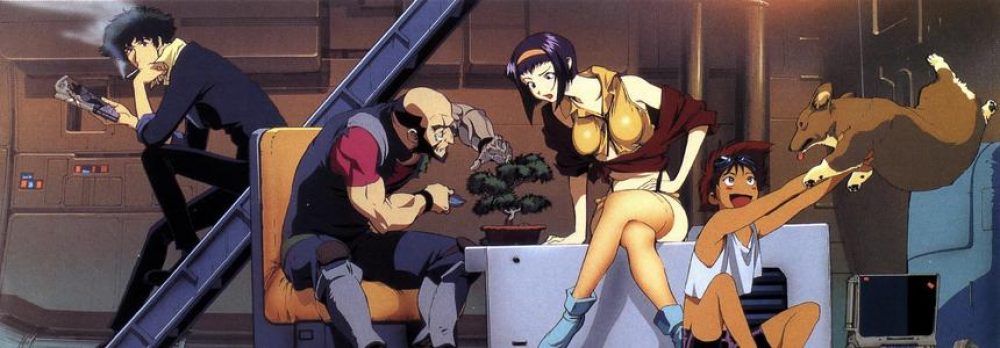The development process of this Previz cooperation project has always surprised me. At first, Sean and I thought it was just two of us working with a classmate from VFX, and then to develop a short story, mainly to create an atmosphere. A short Previz. But as more students joined this group, the content of this project gradually expanded, and eventually developed into a Previz with a short plot of one and a half minutes, with character design, modeling, binding, animation, special effects, and sound, almost full-process animation production.
In the beginning, we tried to discuss our progress once a week. This is our initial division of labor.


Firstly I worked with Yufei to make the girl. He was responsible for drawing design drawings, and I was responsible for modeling. Yufei has a wealth of work experience. He draws characters quickly and amazing, which greatly helps me. Follow-up modeling work. After that, I conducted a binding study with Murray. He is very good at communication and promptly asks any questions. Jay, I mainly communicate with him in the part of the special effects. He is very proficient in Cinema4D. At that time, I asked him some questions about C4d outside of the project, and he also patiently gave me answers and demonstrations. Although classmate Layne is in China and has an eight-hour time difference with us, he is also very serious in his work. He has drawn a lot of shots and tried his best to express every detail clearly. And after the final film, he produced very good music and sound effects, making our whole Previz look more complete. Although Evanna of VFX doesn’t talk much, she is very efficient in communication, expresses clearly, understands quickly, and has been completed on time in production, and she has her own unique ideas. Sean is a very good partner. He is passionate about this project. He often communicates with me the follow-up ideas and arrangements based on the progress of the project. He has unique insights into story expression and animation.
Later, as the work progressed and everyone’s work was basically fixed, we were in separate contact with the people responsible for related content, and then Sean and I organized and coordinated everyone’s animation special effects content.
In this process, we have been using onedrive for collaboration, anyone can upload and freely modify the assets in onedrive.

I think the biggest trouble I encountered during the process was how to distribute the work content. In the beginning, everyone has their own pre-work content, such as researching rigging, designing character and environment, researching special effects, and so on. But when it comes to the later stage, it is easy for someone to be busy but others not to work. So considering that there are many students majoring in 3D animation in the group, I created 6 scene files while making the layout, corresponding to the six students with different workloads, segmented the clips of different lengths through the cameras, and then the members who worked more make short-cut animations, and those with less work make long-segment animations. The final result is good, however, this also brings a problem, that is everyone’s animation production habits and styles are different, and the animation between clips may sometimes have inconsistencies, such as the movement of the previous shot and the next shot. Regarding this problem, I later modified some shots to block some of these problems.
For example:


This is the action at the junction of different segments made by two students. Direct connection is not possible. So I modified the shots, these are the results.


This project has also greatly improved my personal ability. In the preliminary work, I learned to make character models. This used Zbrush, Maya, and MarvelousDesigner. Among them, MarvelousDesigner is new to me. Practice really has a great effect on learning efficiency. Although the model eventually had somebody structure errors, considering the production time, I am still quite satisfied with the final effect of this model.
In addition to modeling, there is also rigging. In this project, I participated in rigging these two characters. I learned advSkeleton5, especially the facial expression rigging and the rigging of clothes, which I was unfamiliar with before. This collaborative project allowed me to learn this knowledge and skills. At the same time, the initial goal of my participation in the project has basically been achieved, and the 2D motion blur effect I want to study has also made great progress. With the help of Mehdi, I implemented Houdini to add movement to the animation.


Coming back to this project, after I understand the workflow and how to make it, the part that comes to my mind is animation and animation techniques. Modeling and rigging are also very interesting, but what I want to learn more is the animation part, how to make a better animation, how to use some techniques to make the animation look better and more stylized. The technique and animation performance will be my next step. Technology and art can complement each other. Sometimes the need for art brings new technology, and sometimes new technology can also provide unique art effects. In the next semester, I’ll learn more animation.
This is our final Previz:
PS: I am very grateful to Yu and Lucy, who have been giving us suggestions during the production of our project. It is very pleasant to learn and listen to music together hahaha
